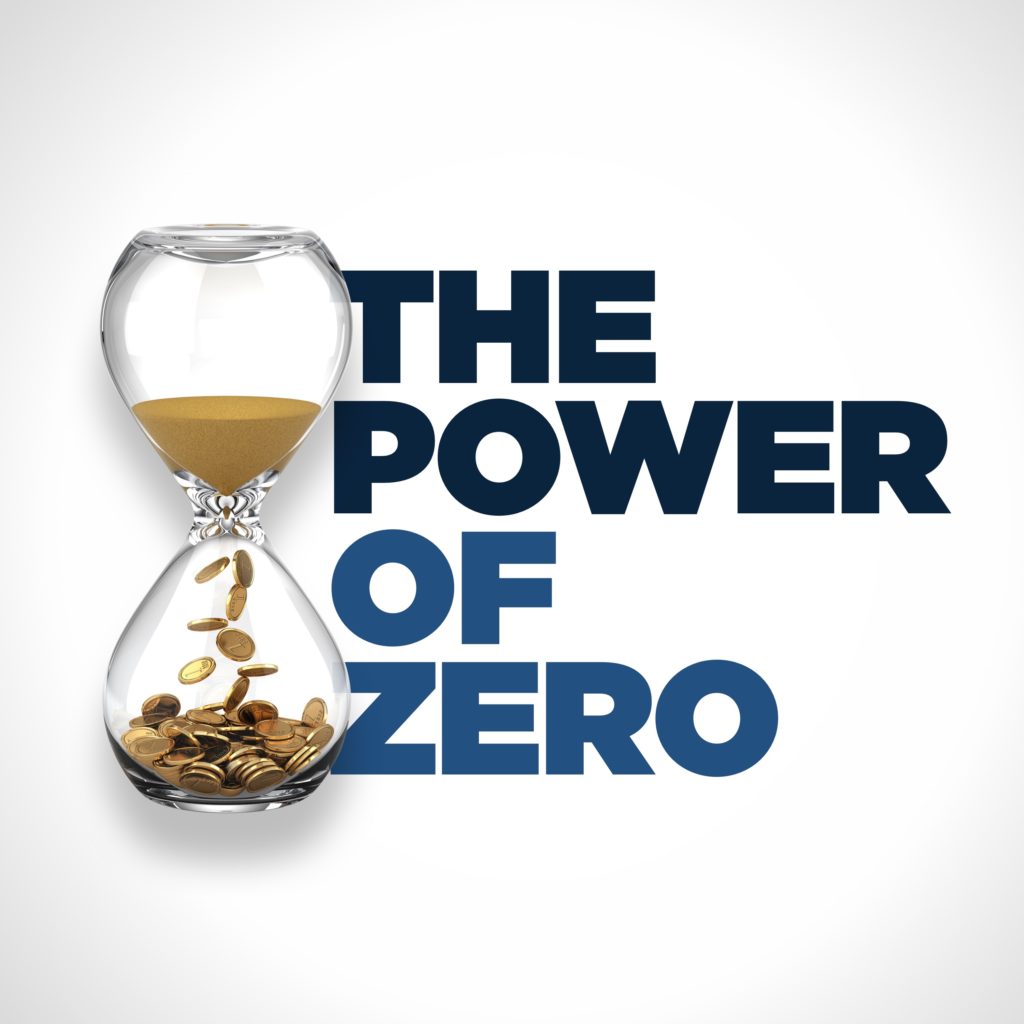Let’s say we’ve got two 60 year olds that want to retire at the age of 65. They’ve got $300,000 in their taxable bucket, $700,000 in their tax deferred bucket between their IRA’s and 401(k)’s, and nothing in the tax free bucket.
The first step to getting into the Power of Zero paradigm is being convinced that tax rates in the future are going to be dramatically higher than they are today.
The second step is that given that tax rates are going to be higher in the future than they are today, realize that there is a perfect amount of money to have in your taxable and tax deferred buckets.
Given the starting point, these two people have way too much in their taxable bucket, and they should be systematically shifting that money to tax free over the next seven years. They can do that through the Roth IRA, the LIRP, and they can also pay taxes on the shift from tax deferred to tax free out of the taxable bucket.
They know they need the balance in the tax deferred bucket to be low enough so that when the IRS forces them to start taking money out, the RMD’s are equal to or less than their standard deduction and that avoids their social security to be taxed. Assuming they don’t have a pension or any form of additional income, the ideal amount of money in the tax deferred bucket is around $300,000.
It’s okay to leave some money in your tax deferred bucket. You want your balance to be low enough that your social security doesn’t get taxed, but you also want to be able to take advantage of your standard deduction.
In order to shrink it down to the optimal number, the example couple would need to shift about $92,000 each year. Remember you want to stay in a tax bracket each year that doesn’t give you heartburn. Lucky for these people, they can shift an additional $150,000 each year for only an extra 2% tax, which they can pay out of their taxable bucket.
Keeping the taxable bucket around $50,000 will go a long way towards insulating yourself from tax rate risk.
The LIRP is meant to mitigate one of the biggest risks for people over the age of 60, namely a long term care event. Without a plan for long term care, they could potentially burn through their entire portfolio.
What they should do is get a death benefit that’s impactful. That means a fully funded LIRP which looks like around $35,000 each year. With $35,000 going to the LIRP, $55,000 should be going to their Roth Conversions.
If they have any money leftover in their taxable bucket, they should probably put that money into their Roth IRA’s because they should have as many streams of tax free income as possible by the time they retire.
Tax free streams of income include Roth IRA’s, LIRP’s, and Roth Conversions. With all those combined, they could get to the zero percent tax bracket while also getting their social security tax free.



